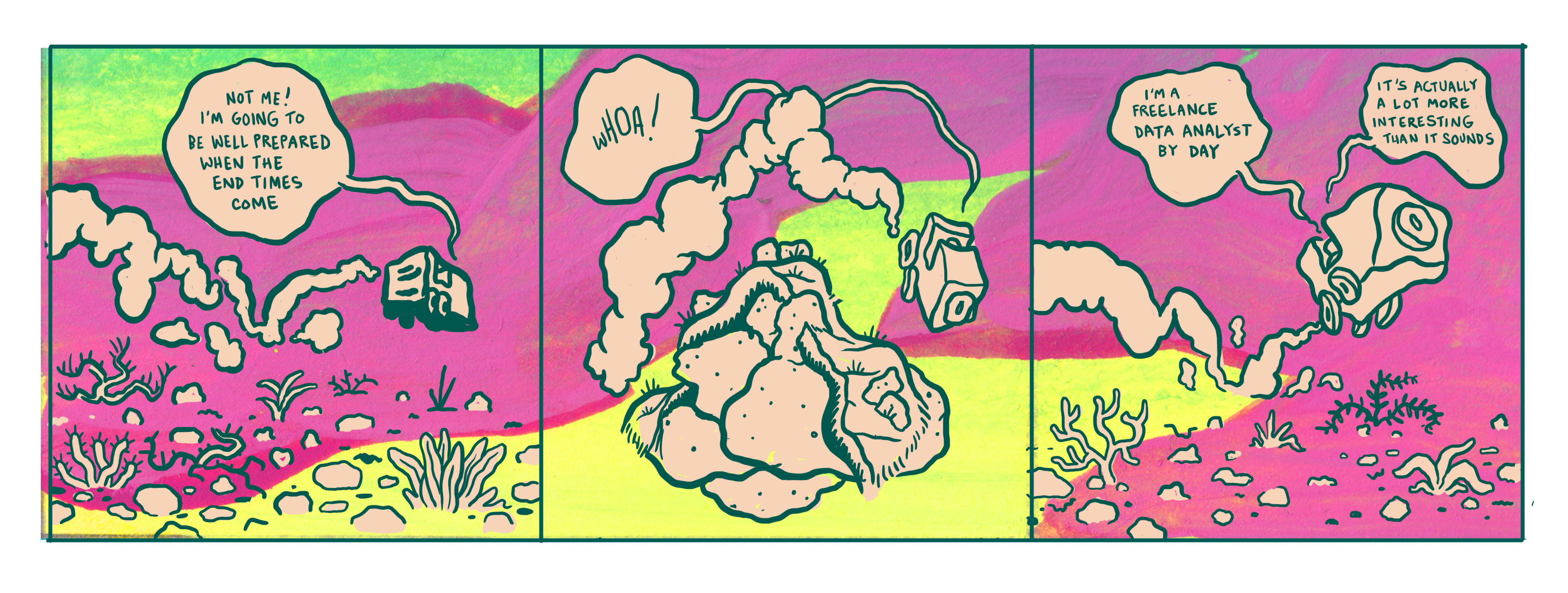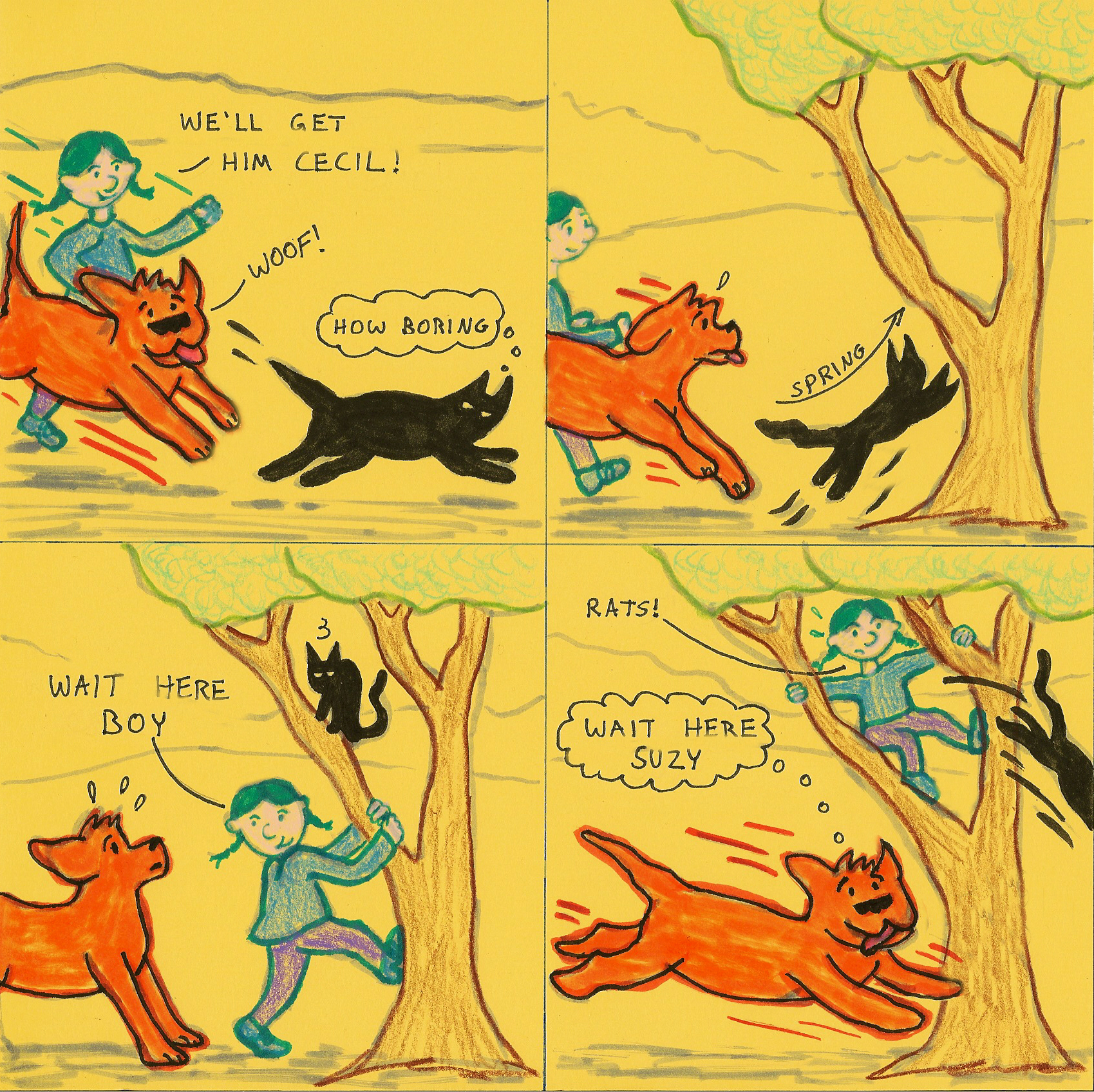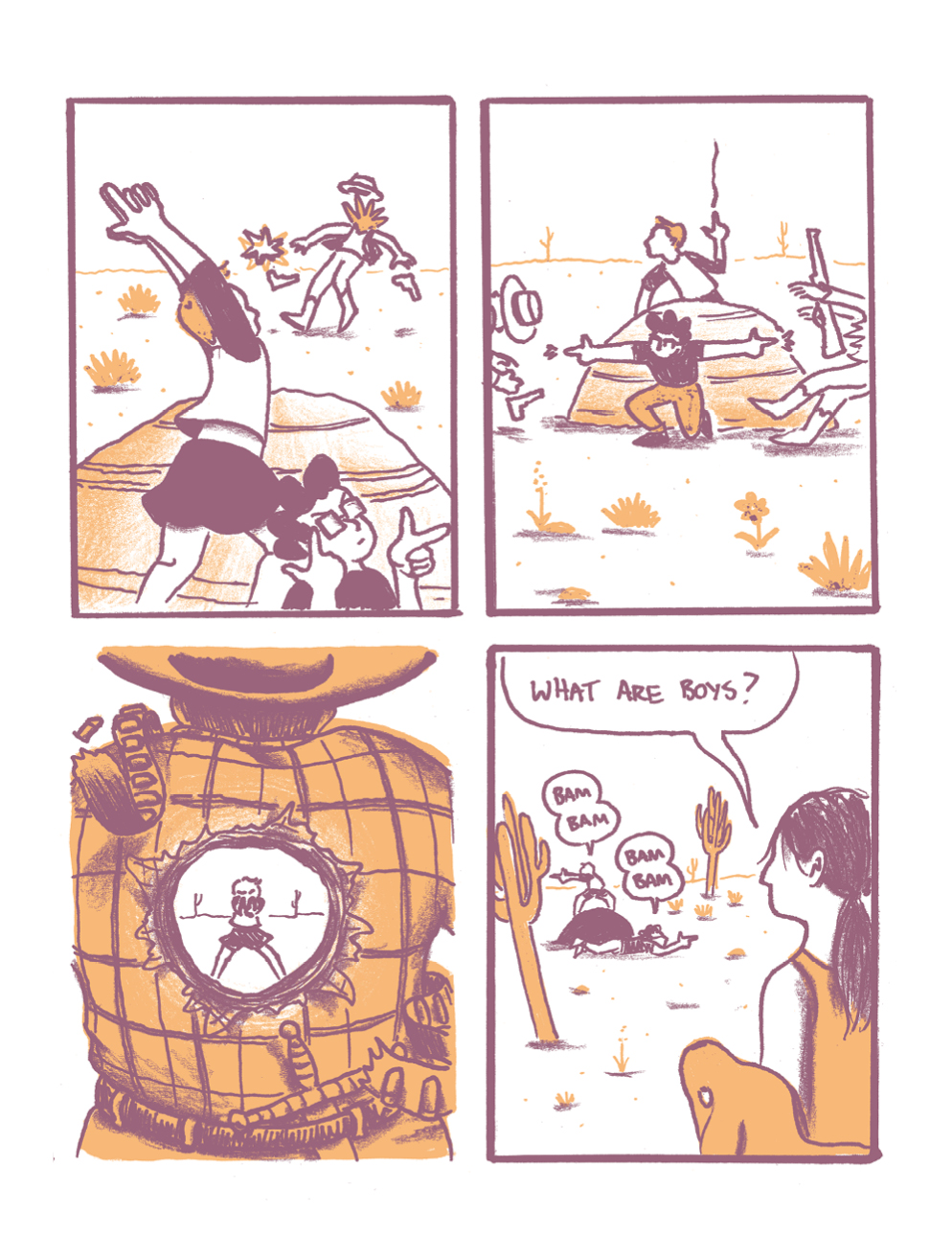Sally IngrahamAugust 9, 2017NewsSam Ombiri shares thoughts on Taiyo Matsumoto’s Sunny; plus work by E. Simms Campbell, George Lee, and other comics and news.
————————————————————————————————
Sam Ombiri here. I am about 100 pages into volume one of Sunny by Taiyo Matsumoto. It is about a group of kids living in a Japanese orphanage, who turn an old car – “Sunny” – into their clubhouse or refuge. It’s such a rich experience – I keep finding myself rereading what I’ve already read. Sunny has really great sequences that transition from moment to moment, inflicting emotion. I really like getting this from comics. It is like having a really good song stuck in your head. I am not just given information – I am inflicted with it. You can tell that certain interactions aren’t meant to happen naturally, as the characters stubbornly stick to their established personality. This is not done in a hockey way. The way the characters’ personalities show up feel especially real. You can sense if a certain interaction pans a certain way, and can tell that it is a special occasion for the interaction to go this way. So the characters almost have to swim through a current going against them, to be talking as they are.
When we are introduced to Haruo and Kiko’s relationship to each other, it is quickly established that there’s no reason for them to be getting along. There’s a point when Haruo – otherwise known as White – is asking Kiko who this other girl called Megumu likes. White knows how odd of a question it is to ask, as he often likes to mess with Megumu. He can’t admit that he likes Megumu, but by asking he’s clearly admitting that he likes her. So with every question, he keeps saying “Not that I care“. When White asks Kiko, she just giggles and doesn’t tell White, instead opting to confess to White her feelings for him. We don’t get a response for that confession from White.
It feels like miraculous story telling, and I’m amazed that comics can go this far. It’s what many people try to do, and rarely succeed in – having this much sentimentality, and then diving further into it, with fitting situations coming out of it. What is the consequence of all this sentimentality, what happens as a result? Well we ever get a response from Kiko’s confession at that moment? The next few moments show the response as this other character, Junsuke, really loudly interrupts. He’s telling White’s he’s being called to be sent on an errand and White agrees to go. The next panel shows a laying bike, which is both a transition and a break for the reader in that empty space to consider what had happened, how it happened, and what it all means. The bike isn’t calling attention, it’s just laying there as it would because White isn’t riding it yet to do his errand. Then White during that errand runs into Megumu, who’s bummed out about a forgotten dead cat, and she feels forgotten as a result. White gets the cat upon Megumu’s request and they carry it to the orphanage where they stay.
The characters have real flavor to them. I am excited to read their exploits and re-read their exploits, especially when they’re doing things that don’t matter and aren’t of much consequence to the rest of the story – they’re just being themselves. Like when Junsuke obnoxiously plays his harmonica loudly to everyone else’s frustration, or when he’s drawn with a pencil up his nose, conspiring to steal really nice chopsticks. The situations that surface are a joy to read. (Even if you feel at the back of your mind that this scene is overly sentimental.) When I reread other moments I get a lot out of the overly sentimental parts. For example, when I see White’s hesitation to exist in that emotional space, when he’s told “Sometimes you can be a real good kid,” after bringing that dead stray home. He tries to just scoff at the idea of being this good kid. (Or maybe it’s because White is jealous of the person who said that, because they are who Megumu likes, but I really doubt that.) – Sam Ombiri
Check out Sunny Vol. 1 by Taiyo Matsumoto HERE.
————————————————————————————————
Sally here. Take a look at the work of E. Simms Campbell, a celebrated black cartoonist for nearly 4 decades who has since been obscured by history. Back in the 1930’s his full-color comics in the pages of Esquire played a huge role in the popularity of the magazine – and catapulted him across the color line in mass-market publications. Fame and fortune followed – to some extent (his race was kept a secret more often than not – one story goes that when he went out on the town with other cartoonists, they got him into bars with them by introducing him as an “Arabian” prince…!)
This article on Print by Michael Dooley (from 2015) shares info on E. Simms Campbell and an interview with Robert C. Harvey, who had just published Insider Histories of Cartooning: Rediscovering Forgotten Famous Comics and Their Creators, where Campbell was featured extensively.
“Dooley: What’s Campbell’s primary appeal for you?
Harvey: I’m interested in Campbell more for his personal history and career than because of his art, although he’s obviously a fine artist. He’s probably the first famous African American cartoonist, but he wasn’t known at the time as being African American. He was known for harem girls – and other representatives of the curvaceous gender – but not at all for his race.
Campbell and his publisher and the syndicate that distributed his cartoons had kept his race a secret, so Southerners wouldn’t reject the publications in which his work appeared. By a perverse extension of logic, then, they also kept him a secret, or – at least, I suppose – never much mentioned him, in order to avoid revealing his race.“
Read more of the article and interview HERE and see plenty more comics and illustrations by E. Simms Campbell.
Things to track down – Campell’s nationally syndicated cartoon strip Cuties, and his famous “A Night-Club Map of 1930s Harlem”.
————————————————————————————————
In the interview mentioned above, Robert C. Harvey talks about another Black cartoonist he came across in his research:
“…I’m eager to read George Lee’s 1989 book – which I just learned about – Interesting People: Black American History Makers. Lee was an African American cartoonist who did portraits in words and pictures of famous black Americans, which were syndicated to newspapers in the 1930s and 1940s.“
When I was at the Carnegie Library of Pittsburgh recently, looking for comics by Oliver Harrington and Jackie Ormes in old copies of The Pittsburgh Courier, I was delighted to come across one of George Lee‘s “strips” in a May 1937 newspaper. (Apologies for a photograph of microfilm on the screen!)
I’m sure there are many more in the papers – I will keep an eye out for them next time I am digging for comics!
————————————————————————————————
In Other News
The Cartoonists Of Color Database has a new user interface, and is way more searchable now – check it out!
Ariell Johnson – Philly’s comics and coffee shop superhero – has an interview on The Root – watch it here.
Women Who Write About Comics has a long interview with Taneka Stotts – she talks about publishing and promoting queer POC work, discusses the new anthology Elements: Fire, and clarifies that Nilah Magruder was in fact the first black woman to write for Marvel (that story HERE). Read the interview with Taneka Stotts HERE.
————————————————————————————————
Suzy and Cecil – 8-10-2017 – by Gabriella Tito
————————————————————————————————
Share this page: [...]




